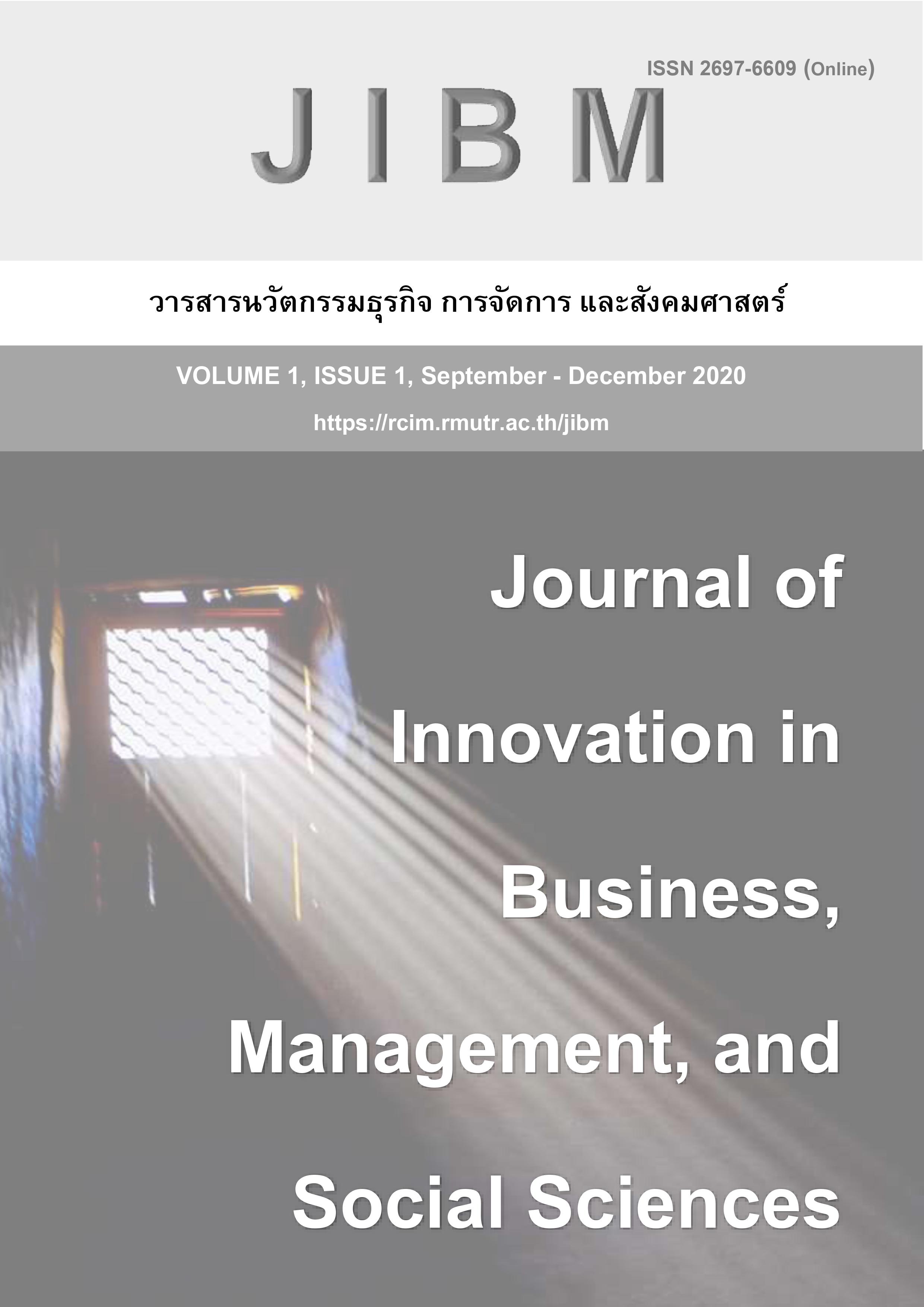ปัจจัยที่ส่งผลต่อการจัดอันดับความน่าเชื่อถือของตราสารหนี้ระยะยาวสกุลเงินต่างประเทศของรัฐบาล
คำสำคัญ:
อันดับความน่าเชื่อถือ, อันดับเครดิต, การพยากรณ์อันดับเครดิตบทคัดย่อ
งานวิจัยนี้ศึกษาความสัมพันธ์ระหว่างปัจจัยทางเศรษฐกิจ การเงิน การค้าระหว่างประเทศ กับ อันดับเครดิตของประเทศ ที่จัดโดยสถาบันจัดอันดับ (Credit rating agency) 3 สถาบัน ได้แก่ Moody’s, Standard and Poor’s และ Fitch Ratings งานวิจัยนี้ยังให้ความสำคัญกับตัวแปรเชิงคุณภาพ อย่าง การผิดนัดชำระหนี้ในอดีต และ ความสามารถในการดำเนินงานของภาครัฐ ข้อมูลที่ศึกษาครอบคลุม 128 ประเทศ ตั้งแต่ปี พ.ศ. 2548 ถึง 2557 โดยใช้การวิเคราะห์ข้อมูลด้วยวิธี Random Effect Ordered Probit แบบจำลอง (Model) ที่ได้จากการศึกษาสามารถใช้เพื่อพยากรณ์อันดับเครดิตของประเทศ
ผลการศึกษาพบว่า ตัวแปรทางเศรษฐศาสตร์มหภาคที่ส่งผลบวกต่ออันดับเครดิต ได้แก่ 1) สัดส่วนการลงทุนภายในประเทศเบื้องต้นต่อผลิตภัณฑ์มวลรวมภายในประเทศเบื้องต้น 2) สัดส่วนรายได้ของภาครัฐต่อผลิตภัณฑ์มวลรวมภายในประเทศเบื้องต้น 3) มูลค่าเพิ่มต่อแรงงานการผลิต 4) ผลิตภัณฑ์มวลรวมภายในประเทศต่อประชากร และ5) ประสิทธิภาพของรัฐบาล ส่วนตัวแปรที่ส่งผลลบ ได้แก่ ประวัติการผิดนัดชำระหนี้ ทั้งนี้ ความถูกต้องจากการพยากรณ์อันดับเครดิตของแบบจำลองอยู่ที่ร้อยละ 60 สำหรับกลุ่ม Non-investment grade และ อยู่ที่ร้อยละ 74 สำหรับกลุ่ม Investment grade
เอกสารอ้างอิง
Antonio, A. (2002). Understanding the Determinants of Government Debt Ratings: Evidence for the Two Leading Agencies. Working Paper. Instituto Superior de Economia e Gestão, Universidade Técnica de Lisboa.
António, A., Pedro, G., & Philipp, R. (2007). What “Hides” Behind Sovereign Debt Ratings? : European Central Bank.
Cheng, C. W. S. F. F., & Annuar, N. M. (2015). Macroeconomics Deteminants of Sovereign Credit Ratings. International Business Research, 8(2), 42-50.
Constantin, M., & Eric, P.-B. (2006). Which Factors Determine Sovereign Credit
Ratings? The European Journal of Finance, 12(4), 361–377.
Helmut, R., & Julia, M. (1999). Boom And Bust And Sovereign Ratings. Working PAper. The OECD Development Centre.
Jonathan, E., & Mark, G. (1981). Debt with Potential Repudiation: Theoretical and Empirical Analysis. Oxford Journals, 48(2), 289-309.
Michael, K., & Paras, M. (2000). Globalization And International Public Finance. Working Paper. National Bureau of Economic Research. NBER Working Paper.
Nadeem, H. U., Manmohan, K. S., Nelson, M., & Donald, M. J. (1996). The Economic Content of Indicator of Developing Country Creditwothiness. International Monetory Fund.
Nadeem, H. U., Nelson, M., & Donald, M. J. (1998). The Relative Importance of Political and Economic Variables in Creditworthiness Ratings. Working Paper. Inertantional Monetory Fund.
Otaviano, C., Pablo, F. P. d. S., & Paulo, C. d. S. P. (2012). Macroeconomics and Sovereign Risk Ratings. International Commerce, Economics and Policy, 03(02), 1-25.
Richard, C., & Frank, P. (1996). Determinants and Impact of Sovereign Credit Ratings. Economic Policy Review. The Federal Reserve Bank of New York.
ฉัตรลดา โชตนาการ. (2557). Credit rating. Banker's talk, 2.



